The eye allergy treatment market is characterized by a dynamic competitive landscape, driven by increasing prevalence of allergic conjunctivitis and a growing awareness of treatment options. Key players such as Allergan (AE), Novartis (CH), and Alcon (CH) are strategically positioned to leverage innovation and regional expansion to capture market share. Allergan (AE) focuses on developing advanced formulations that enhance patient compliance, while Novartis (CH) emphasizes its robust pipeline of biologics aimed at addressing severe allergic reactions. Alcon (CH), on the other hand, is investing in digital health solutions to improve patient engagement and treatment adherence, collectively shaping a competitive environment that prioritizes innovation and patient-centric approaches.
In terms of business tactics, companies are increasingly localizing manufacturing to reduce costs and optimize supply chains. The market appears moderately fragmented, with several players vying for dominance. However, the collective influence of major companies like Bausch Health (CA) and Santen Pharmaceutical (JP) is notable, as they engage in strategic partnerships and collaborations to enhance their product offerings and market reach.
In November 2025, Bausch Health (CA) announced a partnership with a leading telehealth provider to integrate eye allergy consultations into their service offerings. This strategic move is likely to enhance patient access to care and streamline treatment pathways, reflecting a growing trend towards digital health integration in the market. Such initiatives may not only improve patient outcomes but also position Bausch Health (CA) as a leader in innovative treatment delivery.
In October 2025, Santen Pharmaceutical (JP) launched a new line of preservative-free eye drops specifically designed for allergy sufferers. This product introduction is significant as it addresses a critical need for patients who experience discomfort from preservatives in traditional formulations. By focusing on patient comfort and safety, Santen Pharmaceutical (JP) is likely to strengthen its market position and appeal to a broader consumer base.
In September 2025, Alcon (CH) unveiled a new digital platform aimed at educating patients about eye allergies and their treatment options. This initiative underscores the importance of patient education in managing eye allergies and reflects a broader trend towards digitalization in healthcare. By empowering patients with knowledge, Alcon (CH) is not only enhancing its brand reputation but also fostering loyalty among consumers.
As of December 2025, current competitive trends indicate a shift towards digitalization, sustainability, and the integration of AI technologies in treatment protocols. Strategic alliances are increasingly shaping the landscape, allowing companies to pool resources and expertise. The competitive differentiation is likely to evolve from traditional price-based competition to a focus on innovation, technology, and supply chain reliability, suggesting that companies that prioritize these areas will be better positioned for future success.


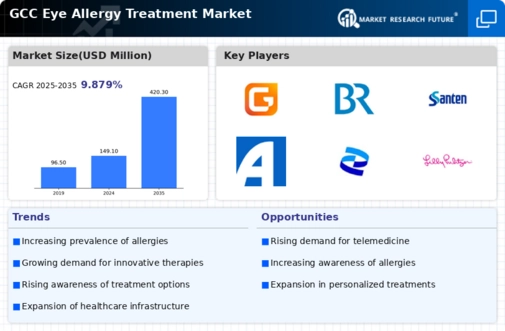
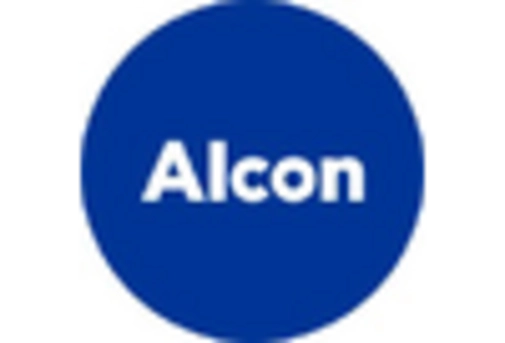
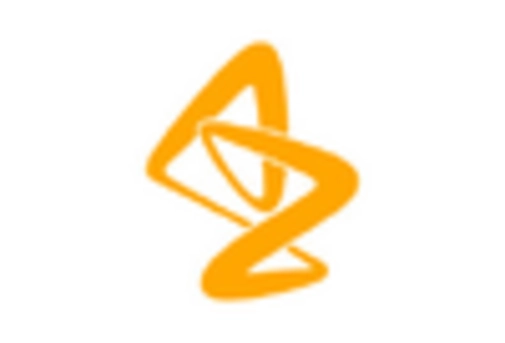

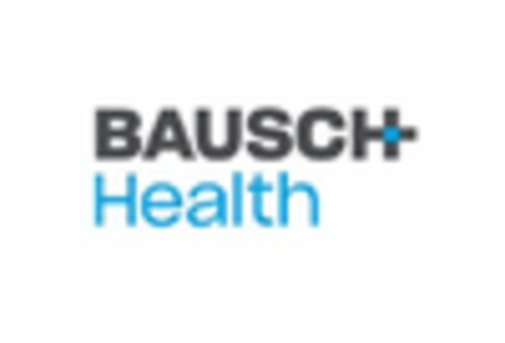


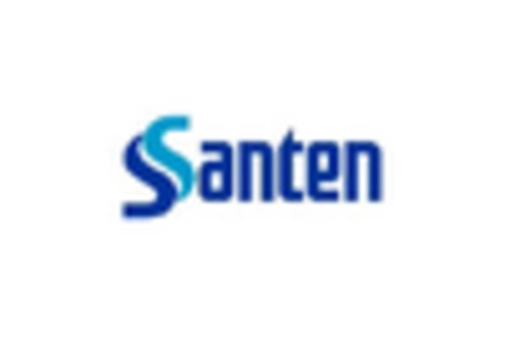

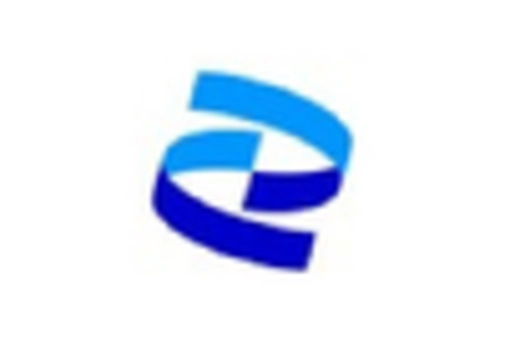
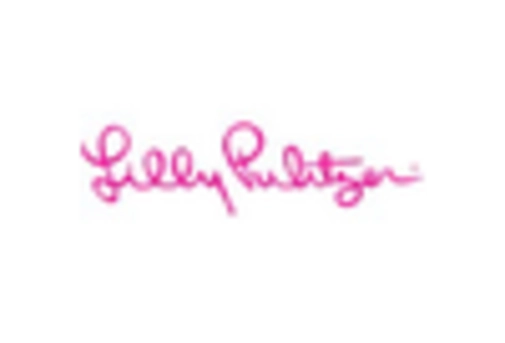
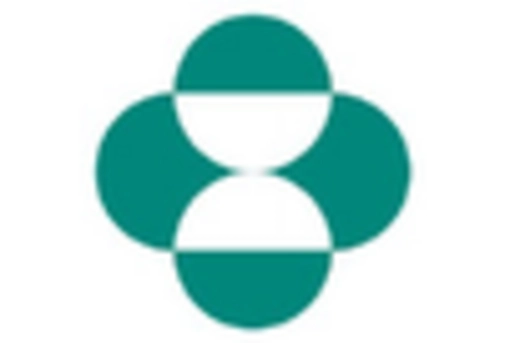








Leave a Comment